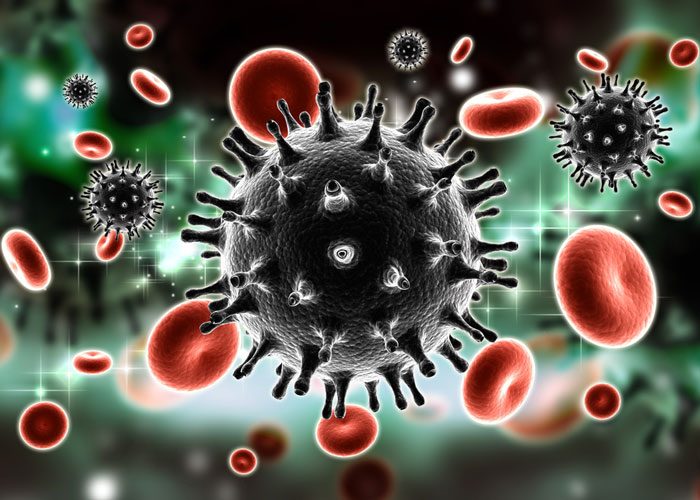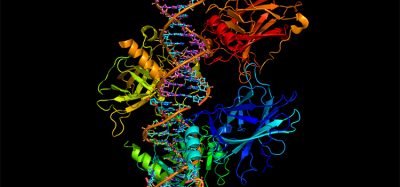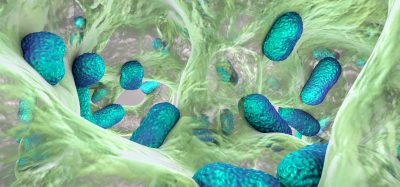MG1 virus destroys HIV-infected cells that standard therapies can’t reach
Posted: 18 December 2017 | Steve Bremer (Drug Target Review) | No comments yet
Researchers from Canada try a new approach to eliminate dormant HIV-infected cells from the body using the MG1 virus.

The HIV Virus
The Maraba virus, or MG1, has been shown to target and destroy the kind of HIV-infected cells that standard antiretroviral therapies cannot reach. If this technique works in humans, it could contribute to a cure for HIV.
While daily medication keeps the level of HIV virus in the blood low, there is currently no way to totally eliminate dormant HIV-infected cells from the body and if antiretroviral medication is stopped, these hidden viruses rapidly rebound. These latently HIV-infected cells are hard to target because they are not distinguishable from normal cells.
Dr Jonathan Angel and his team from The Ottawa Hospital and the University of Ottawa tried a new approach of identifying these dormant cells by using the MG1 virus. This virus attacks cancer cells that have defects in their interferon pathway, which makes the cells more vulnerable to viruses. The research was published in the Journal of Infectious Diseases. Dr Angel and his team had previously found that latently HIV-infected cells also have defects in this pathway.
“We thought that because latently HIV-infected cells had similar characteristics to cancer cells, that the virus would enter and destroy them,” said Dr Angel, senior scientist and infectious disease physician at The Ottawa Hospital, and professor at the University of Ottawa. “It turns out we were right.” Using a number of laboratory models of latently HIV-infected cells, the researchers found that the MG1 virus targeted and eliminated the infected cells, and left healthy cells unharmed.
While most of these cells in patients are in the lymph nodes and other organs, a tiny number are found in the blood. When the researchers added MG1 to relevant blood cells taken from HIV-positive individuals, the levels of HIV DNA in the sample dropped. This indicated that the HIV-infected cells had been eliminated.
“We know that the Maraba virus is targeting and killing the latently HIV-infected cells, but we don’t know exactly how it’s doing this,” said Dr Angel. “We think the virus is able to target the cells because of an impaired interferon pathway, but we need to do more research to know for sure.”
The research team’s next step is to try the virus in animal models of HIV or move directly to clinical trials.
Related topics
Antiretroviral Therapies, Bioengineering, Drug Discovery
Related conditions
HIV
Related organisations
The Ottawa Hospital, the University of Ottawa
Related people
Jonathan Angel







